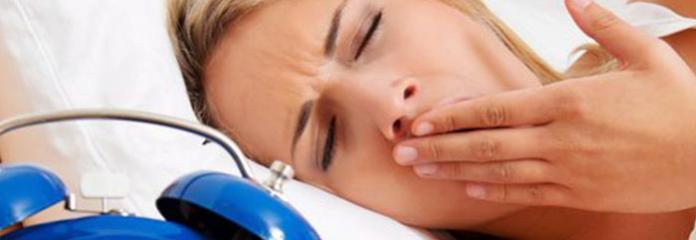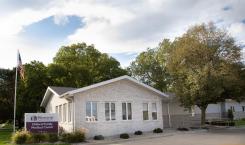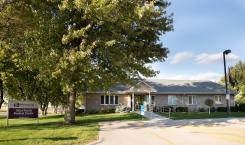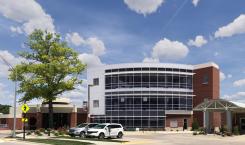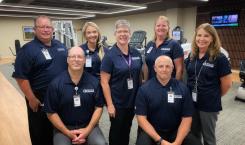Sleep Disorders
Sleep Disorders
Sleep Apnea: Sleep Apnea is a potentially life-threatening condition that usually occurs when the upper respiratory tract collapses and blocks the passage of air during sleep. People with sleep apnea may stop breathing for up to a minute at a time, as frequently as several hundred times during the night. The result is disrupted, restless sleep and a reduced intake of oxygen. Left untreated, apnea can contribute to serious and costly cardiovascular and neurological problems including high blood pressure, heart attack and stroke.
Symptoms:
- Chronic, loud snoring
- Dry mouth in morning
- Morning headaches
- Gasping or choking episodes during sleep
- Mood/behavior changes
- Loss of energy or constant fatigue
- Anxiety or depression
- Rapid weight gain
- Irritability or short temper
- Signs of heart failure or enlargement
- High blood pressure
- Excessive daytime sleepiness
- Impotence
Insomnia: Insomnia is difficulty initiating or maintaining sleep. Insomnia is the most common sleep-related complaint and can be caused by a number of factors including stress, depression, stimulants, alcohol, sedentary lifestyle, changes in sleep environment or schedule. Sleep studies are generally suggested when another sleep disorder such as narcolepsy or apnea is contributing to or causing the insomnia. Chronically acquiring too little sleep can lead to serious health problems and a significantly decreased quality of life. For this reason, it is essential to determine the underlying causes of insomnia and provide solutions.
Symptoms:
- Difficulty falling asleep
- Difficulty falling back to sleep
- Waking up frequently during the night
- Daytime fatigue
Narcolepsy: Narcolepsy is the tendency to become drowsy or fall asleep at inappropriate times and places. These sleep attacks may occur during the day with or without warning. A person with narcolepsy may fall asleep while driving, working, eating or talking. This irresistible urge to sleep can happen repeatedly in a single day.
Symptoms:
- Falling asleep at dangerous or unusual times
- Irresistible urge to sleep
- Brief inability to talk or move while falling asleep
- Sudden episodes of muscle function loss
Restless Leg Syndromes: RLS is the occurrence of uncomfortable or painful leg sensations while the body is at rest. These unpleasant sensations are described as creeping, crawling, pulling, tingling, numbness, muscle contractions or leg cramps. There may be an irresistible urge to move legs or "walk it off". Many victims of RLS experience a similar disorder called Periodic Limb Movement (PLM) which involves jerking or bending leg movements during sleep.
Symptoms:
- Creeping or tingling sensations in the legs
- Discomfort in the legs while lying down or sitting for prolonged periods
- Involuntary leg movements while asleep.
- Difficulty falling asleep.
- Urge to get out of bed to stretch or walk.
Parasomnias: A parasomnias is a disruptive, undesirable behavior that occurs either exclusively during sleep or is exaggerated by sleep. The victim of parasomnias may or may not be aware of these experiences.
Symptoms:
- Night terrors
- Bedwetting
- Sleep walking
- Tooth grinding
Circadian Rhythm Disruption: Circadian rhythm is the fluctuation of sleep-wake states. This fluctuation is generally linked to the 24-hour, daily dark/light cycle. Circadian Rhythm Disruption occurs when a person's work schedule conflicts with their biological clock. Many of these individuals have difficulty sleeping during the day and staying alert on the job at night. This often results in chronic sleep loss.
Symptoms:
- Memory or concentration difficulties
- Impaired job performance
- Heartburn or indigestion
- Menstrual irregularities
- Colds and flu

